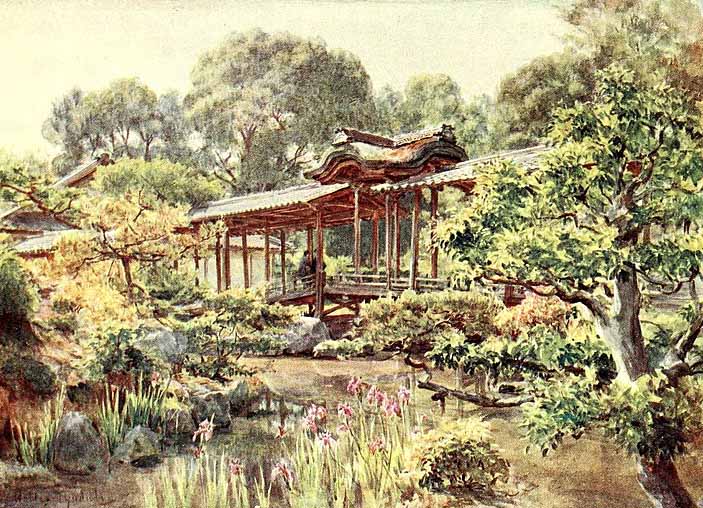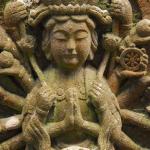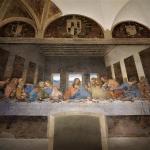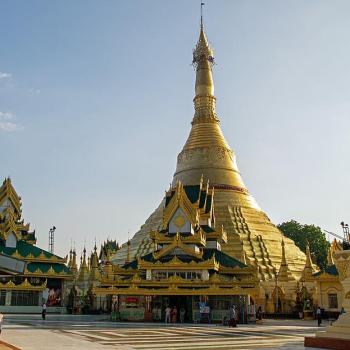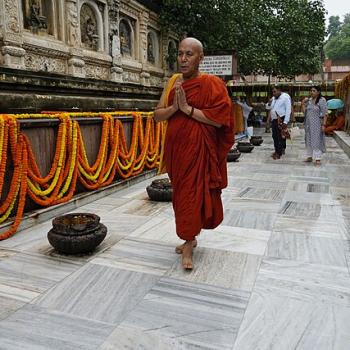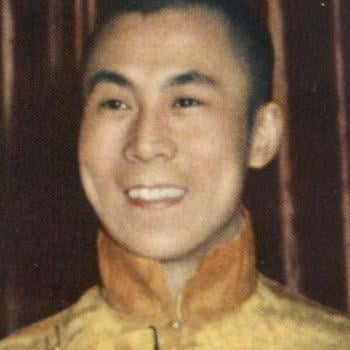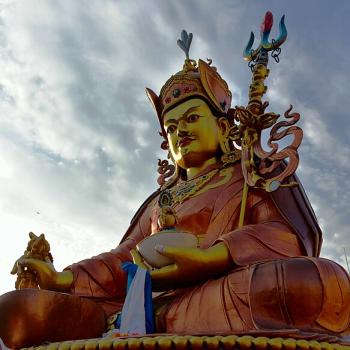The Meiji Era, which began in the late 19th century, utterly upended Japanese Buddhism. Sweeping changes enacted by the Meiji Emperor, Mutsuhito (1852–1912) had devastating impacts on Buddhism in Japan. Leaders of the various Buddhist schools responded with their own reforms, but in many ways Japanese Buddhism never recovered.
First, some historical background. Japan had been ruled by military leaders called shoguns since 1192. For centuries the emperors were figureheads with little real power. But the last shogun resigned in 1868 (a long story in itself). This restored the rule of the emperor who took the name Meiji, “enlightened rule.” This was the beginning of the Meiji Restoration. During the reign of the Meiji Emperor, Japan rapidly was transformed from a mostly feudalistic and agricultural nation to a modern and more industrialized nation. This was a remarkable achievement. But in this post we’ll be looking only at the policies that directly impacted Buddhism.
Buddhism Before the Meiji Restoration
Many centuries earlier, Japan had dealt with the rivalry between Buddhism and indigenous religious beliefs — loosely, what today we call Shinto — with the policy of shinbutsu shugo, or “unity of spirits and buddhas.” In effect, the government recognized indigenous beliefs and Buddhism as a single religion. In reality the two traditions were too dissimilar to merge in any substantial way. But Buddhist and Shinto temples and shrines often were linked and even shared.
Further, as explained in the last post, beginning in the 8th century most Buddhist monasteries in Japan abandoned the many monastic rules of the Vinaya Pitaka in favor of simplified rules mostly adapted from a scripture called the Mahayana Brahmajala Sutra. The new rules provided little guidance on some parts of monastic discipline, however. These included celibacy, head shaving, vegetarianism, and the proper wearing of robes. Over time various shoguns adopted policies that enforced these monastic practices and regulated Buddhism in many ways.
Further, during the Edo period, which began in 1603, the Tokugawa shoguns required everyone to be registered at their local Buddhist temple. Requiring everyone to be affiliated with a Buddhist temple began as a means to identify hidden Christians, after the Tokugawa shoguns banned Christianity. But it became a means for the shoguns to monitor and control people throughout Japan. This system, called danka, also became an important source of financial support for temples, especially small rural ones with little other income. People were required to give money to the temples, which in return were required to provide spiritual services.
Shinbutsu Bunri and Its Consequences
In 1868 the new Meiji government of Japan adopted a policy called shinbutsu bunri, which separated Buddhism and Shinto. This was done to enhance the status of the emperor. The indigenous beliefs could be used to claim the emperor was a divine being, a concept Buddhism didn’t support. Shinto in effect became what we would call the state religion of Japan, although in Japanese law Shinto was not considered a religion at all but a political duty or tradition. But this left Buddhism with no official government support. The danka system also was abolished.
Further, the government saw Japan’s Buddhist institutions as obstacles to modernization and began to suppress Buddhism. Many clergy were forcibly laicized, and monastery lands were confiscated. This touched off a series of violent attacks on temples, led by nativists and others resentful of Buddhism’s privileged position during the Tokugawa shogunate. Many temples were destroyed, along with the art in them. Although this violent period was short lived, it had long-term effects.
In 1872, the government abolished laws that regulated monasticism, including celibacy. The government announced that those living under monastic vows were free to marry. Japanese Buddhism would never be the same.
How the Meiji Era Changed Japanese Buddhism
In response to the upheaval, many denominational leaders of Buddhism stepped forward to offer their own reforms. New monastic rules were adopted. New centers of Buddhist clerical education and training were established. Some of these would evolve into universities. So, one could say Buddhism pulled itself together, to some extent.
The Meiji Emperor died in 1912, which officially ended the Meiji Era. But too much had changed for Buddhism to return to what it had been before. For example, the ending of celibacy caused small temples especially to became something like family businesses, with sons inheriting temples from fathers. More often than not these temples offered little else but funeral and memorial services to the local community. And over the years many temples in rural Japan have closed.
Another consequence was that Buddhist institutions entered the 20th century feeling an obligation to prove their loyalty to the emperor to avoid more punishment. And this was a problem as Japan’s military became more aggressive. In the early 20th century Japanese troops occupied Taiwan, Korea, a large part of China and other parts of east Asia. Buddhist clergy who spoke against the violence were subject to arrest and sometimes execution. It became more common for Buddhist institutions to betray Buddhist teachings and support war, until Japan faced defeat at the end of World War II.
Buddhism is deeply woven into Japan’s history and culture, and according to several sources there are at least 75,000 temples open in Japan today. But I understand that in many ways Japanese Buddhism is still struggling to find its way forward.
